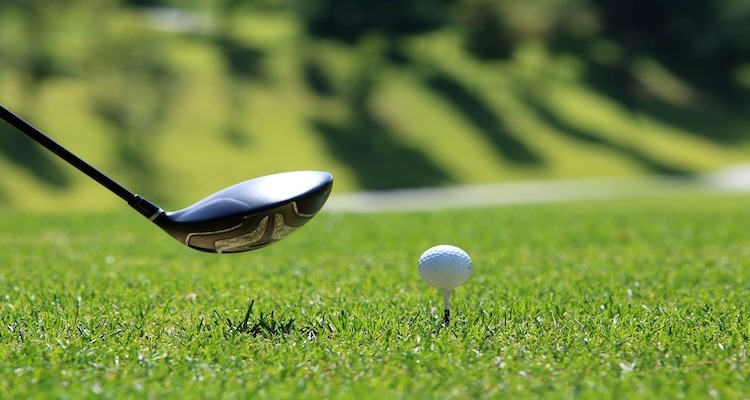
A golf ball typically weighs between 1.62 ounces and 1.86 ounces (45.93 grams and 52.71 grams). This variance in weight is due to the different materials used in the composition of each type of golf ball, such as rubber cores, polymers, and thread wrapping. The size of a golf ball also influences its weight; most have a diameter of 1.68 inches (42.67 mm) with a tolerance range as low as 0.005 inches (0.127 mm).
The weight of a golf ball can also vary based on its brand or model, as some may be designed for greater distance while others offer better control on the greens. Generally speaking, the heavier the golf ball, the slower it will travel through the air and therefore provide more control over trajectory and spin rate. This makes heavier balls better suited for short-range shots where precision is key; conversely, lighter balls tend to fly further with less effort but lack control over shot accuracy and spin.
In addition to golf ball weight, other factors such as dimple depth and pattern also play an important role in how a golf ball performs when hit off the tee or putted on the green. Dimples help reduce drag while in flight which allows balls to stay in the air longer while still maintaining their directionality; deeper dimples create more lift which can be beneficial when trying to reach long distances on par 5s or 4s from off the tee box!
A golfer may choose to play with a lighter golf ball if they are looking for increased ball speed and higher launch angles. A lighter ball can be easier to compress and generate more clubhead speed, resulting in greater distance off the tee. Additionally, a lighter ball can be easier to control on the greens, as it can generate more spin and provide greater stopping power.
However, there are potential drawbacks to using a lighter ball, such as decreased accuracy and control in windy conditions. A lighter ball may also be more difficult to feel and control on approach shots and around the green, as it can be more prone to rolling out on the putting surface.
Ultimately, the choice to play with a lighter golf ball will depend on individual golfer preferences, swing characteristics, and course conditions. Some golfers may find that a lighter ball is beneficial for their game, while others may prefer a heavier ball for better control and consistency.
A golfer may choose to play with a heavier golf ball if they are looking for increased accuracy and control. A heavier ball can be easier to control in windy conditions, as it is less likely to be affected by crosswinds. Additionally, a heavier ball can provide greater stability and control on approach shots and around the greens, as it can generate less spin and provide more stopping power.
Another reason why a golfer may choose to play with a heavier ball is to optimize their ball flight and trajectory. A heavier ball may produce a lower ball flight, which can be beneficial for golfers who struggle with hitting shots too high or who need to navigate low-hanging tree branches or other hazards on the course.
However, there are potential drawbacks to using a heavier ball, such as decreased ball speed and distance. A heavier ball can require more effort to hit and may result in slower clubhead speed, which can lead to less distance off the tee. Additionally, a heavier ball may be more difficult to compress, which can result in a lower ball speed and decreased distance.
Ultimately, the choice to play with a heavier golf ball will depend on individual golfer preferences, swing characteristics, and course conditions. Some golfers may find that a heavier ball is beneficial for their game, while others may prefer a lighter ball for greater distance and feel.
It is difficult to determine which famous golfers specifically prefer playing with a heavier golf ball, as each player's equipment preferences are unique and can change over time. However, some professional golfers are known to prefer golf balls with heavier overall weights, which can influence their equipment choices.
One example is Tiger Woods, who is known to prefer golf balls with heavier overall weights, which can help him control his ball flight and generate more spin on approach shots. Other professional golfers who have been known to prefer heavier golf balls include Phil Mickelson, Henrik Stenson, and Bryson DeChambeau.
However, some professional golfers have been known to prefer golf balls with lighter overall weights, which can influence their equipment choices.
One example is Rory McIlroy, who has stated that he prefers golf balls with a softer feel and lighter weight, as they allow him to generate more ball speed and distance off the tee. Other professional golfers who have been known to prefer lighter golf balls include Jordan Spieth, Justin Thomas, and Dustin Johnson.
It is important to note that the choice to play with a heavier or lighter golf ball will depend on individual golfer preferences, swing characteristics, and course conditions. What works well for one player may not work as well for another, and golfers may need to experiment with different types and brands of golf balls to find the one that best suits their game. Ultimately, the choice of golf ball is a personal one, and each player should choose the ball that provides the best performance and feel for their individual needs and playing style.
If you would like to find out more about golf including what the numbers on a golf ball mean, how a golf ball is made, and how many dimples there are on a golf ball then visit our sport performance blog.
